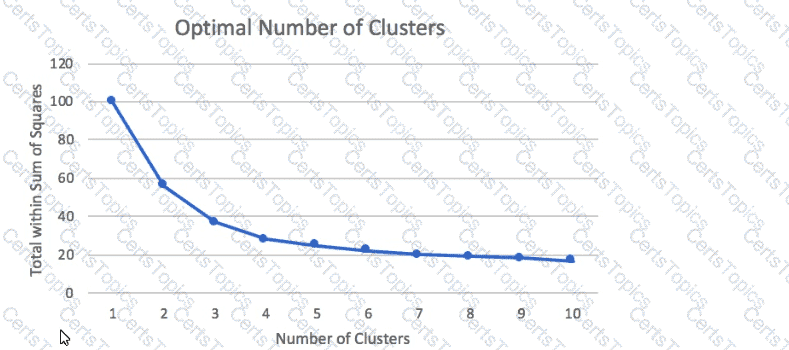An ecommerce company sends a weekly email newsletter to all of its customers. Management has hired a team of writers to create additional targeted content. A data scientist needs to identify five customer segments based on age, income, and location. The customers’ current segmentation is unknown. The data scientist previously built an XGBoost model to predict the likelihood of a customer responding to an email based on age, income, and location.
Why does the XGBoost model NOT meet the current requirements, and how can this be fixed?
An Amazon SageMaker notebook instance is launched into Amazon VPC The SageMaker notebook references data contained in an Amazon S3 bucket in another account The bucket is encrypted using SSE-KMS The instance returns an access denied error when trying to access data in Amazon S3.
Which of the following are required to access the bucket and avoid the access denied error? (Select THREE)
A Machine Learning Specialist prepared the following graph displaying the results of k-means for k = [1:10]

Considering the graph, what is a reasonable selection for the optimal choice of k?
A data scientist at a financial services company used Amazon SageMaker to train and deploy a model that predicts loan defaults. The model analyzes new loan applications and predicts the risk of loan default. To train the model, the data scientist manually extracted loan data from a database. The data scientist performed the model training and deployment steps in a Jupyter notebook that is hosted on SageMaker Studio notebooks. The model's prediction accuracy is decreasing over time. Which combination of slept in the MOST operationally efficient way for the data scientist to maintain the model's accuracy? (Select TWO.)